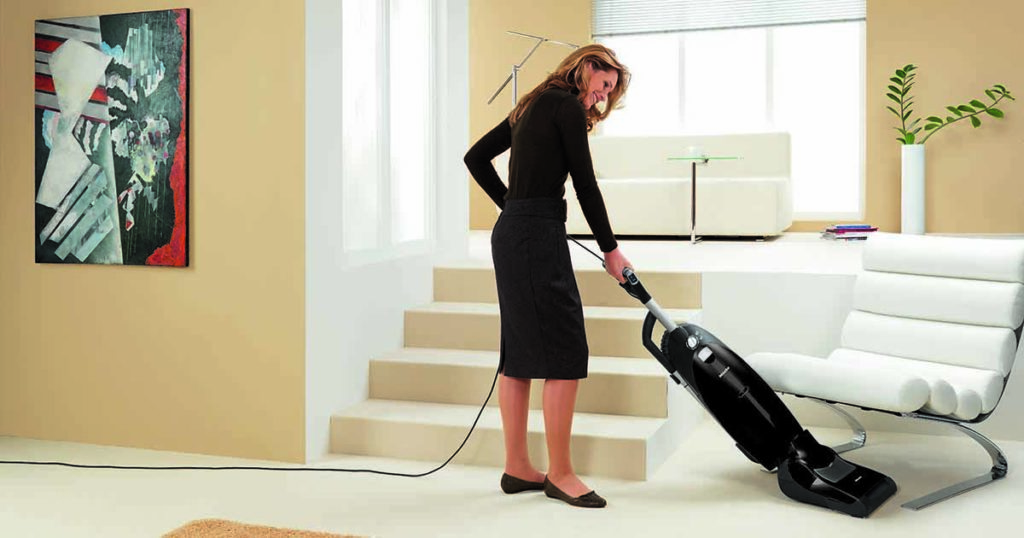Selecting the ‘right’ vacuum cleaner for your home can quickly begin to feel a bit overwhelming when you consider all the options available. Vacuum technology has made leaps and bounds in recent decades, and there is now a massive assortment of additional features, designs and machine styles to consider. Consumers may be tempted to assume that newer models or more expensive machines are inherently better options for their home. This may not be the case at all. The variety presented with each vacuum style is simply a demonstration of the different techniques possible. Each model has particular pros and cons that should be taken into account. When it comes to choosing between a bagged or bagless vacuum, it’s wise to consider how these units differ. Just because bagless vacuums are the result of a more recent innovation does not necessarily mean they have an edge over bagged units. In fact, for many consumers, a bagged vacuum provides the precise benefits they are looking for in a home appliance. Take a look at these unique advantages that bagged vacuums have over bagless units.

GREATER CAPACITY
In general, bagged vacuums have a larger volume than bagless vacuums, meaning they are capable of holding much more dirt — 10 to 20 times as much. While individual machines may differ in the maximum amount of dirt that can be collected, vacuum bags are commonly designed to hold a significant amount of mess. The greater capacity of bagged vacuums makes this style much better adapted for handling large rooms and big messes.
MORE HYGIENIC
Bagged vacuums are also more hygienic than bagless vacuums. This is because vacuum bags are self-contained, meaning you won’t come into contact with dirt and dust that has been collected. Bagless vacuums, on the other hand, generally require the user to empty the canister or vessel that contains collected dirt, giving dust the chance to escape in the process.
BETTER FOR TRAPPING ALLERGENS
Because of the aforementioned difference between bagged and bagless units, individuals who suffer from allergies may benefit even more from bagged vacuums. Depending upon the model, vacuum bags essentially create a seal that contains the dirt and dust that has been picked up. This ensures that allergens are trapped effectively without an opportunity for air recirculation, unlike bagless units that must be emptied into the trash.
LESS LABOR AND UPKEEP
Another misconception that consumers often make is that bagged vacuums are more labor intensive because of the necessity for purchasing more bags. While switching out vacuum bags is necessary, the upkeep involved is actually much less labor intensive than bagless units. Some bagless vacuums require the filter hardware to be cleaned manually on a regular basis. This can prove to be much more work than simply swapping in a new vacuum bag.
MORE ECONOMICAL
Finally, bagged units can often save consumers in the long run. When comparing bagged vacuums with those that require the regular installation of disposable filters, bagless vacuums generally cost more money. This is because vacuum bags are typically less expensive than disposable filters that are required for many bagless vacuums. When it comes down to deciding between a bagged or bagless vacuum cleaner, don’t fall into the trap of making uninformed assumptions! Be sure to consider the particular advantages that bagged vacuums have before making a final decision on the best vacuum cleaner for your home.